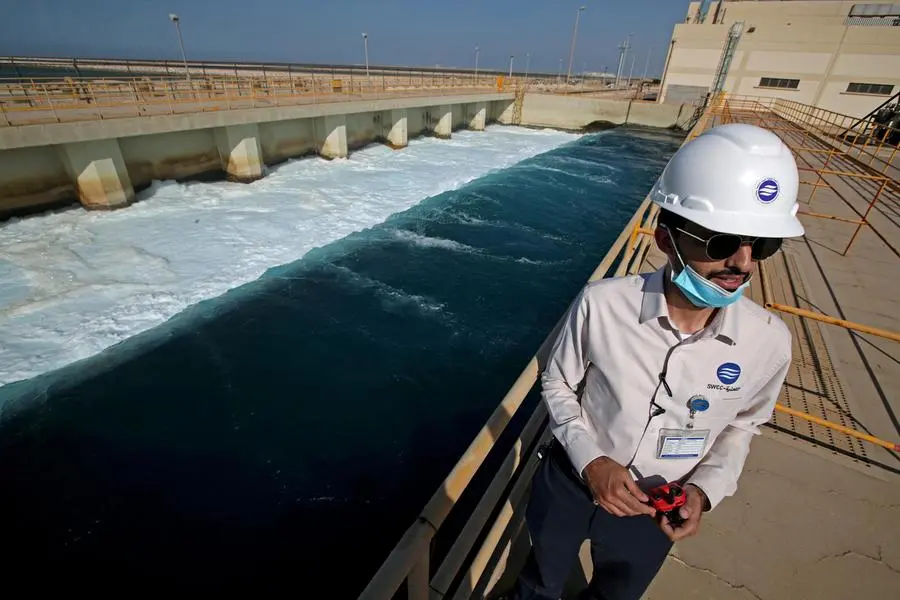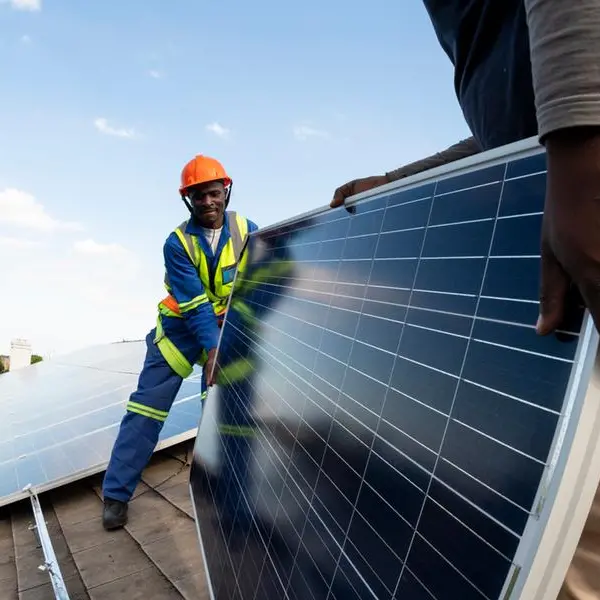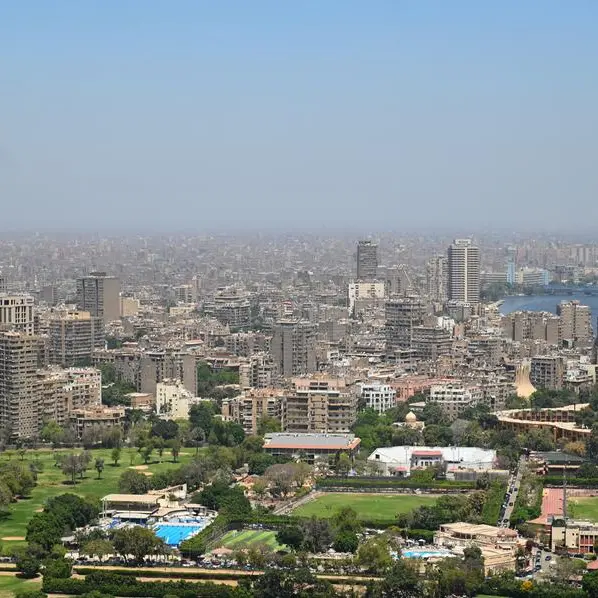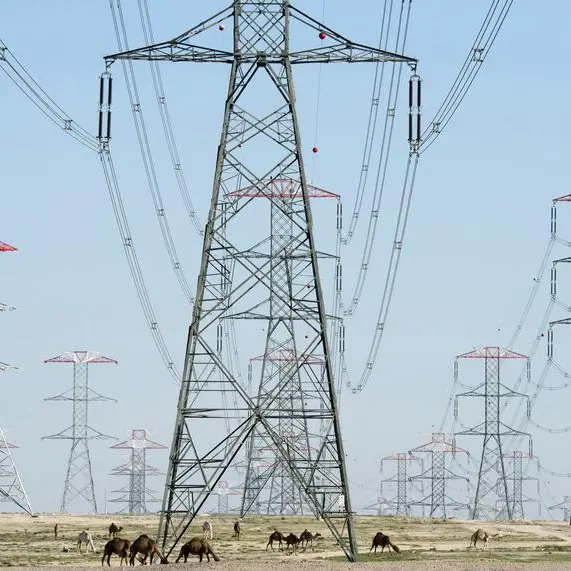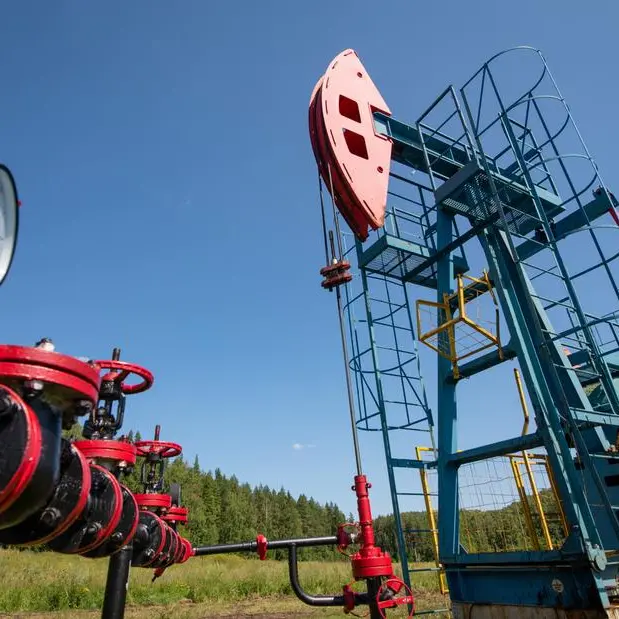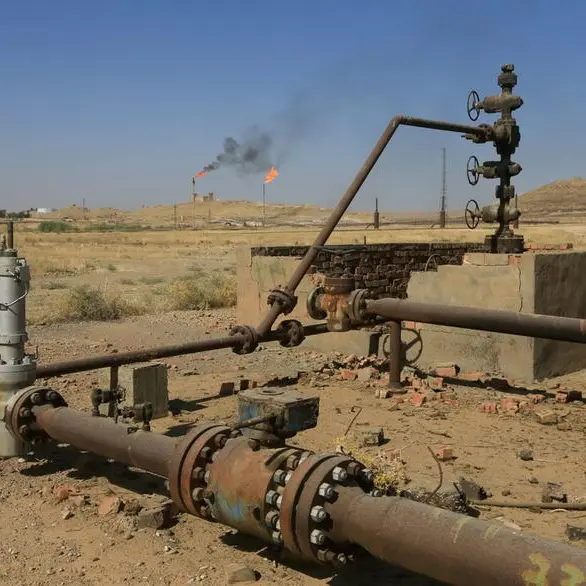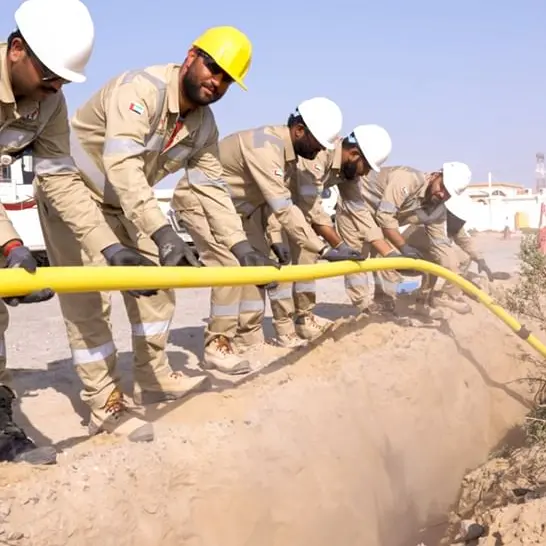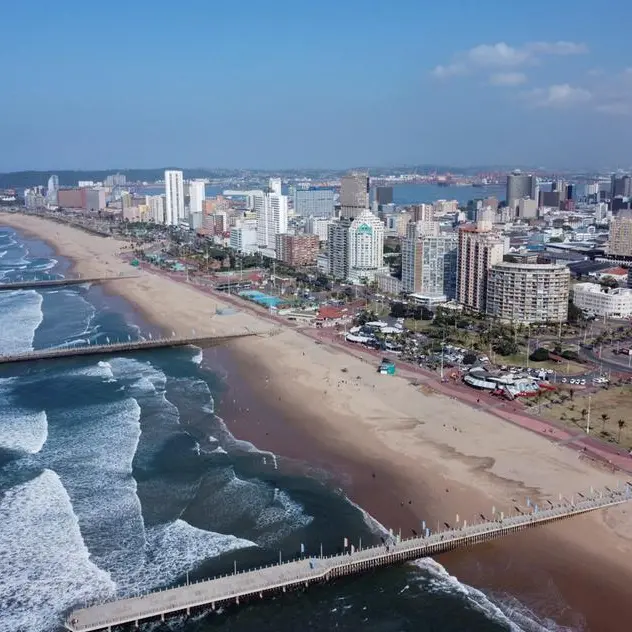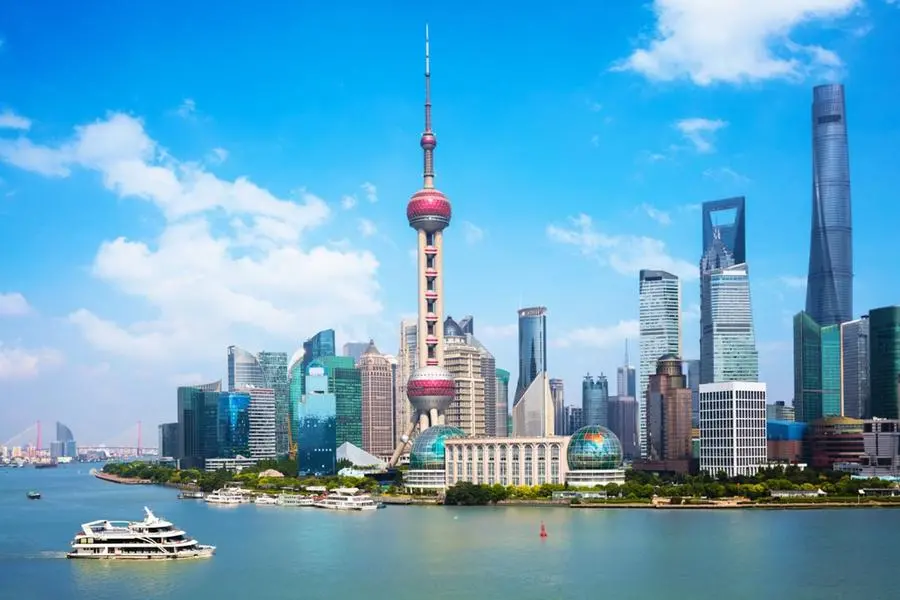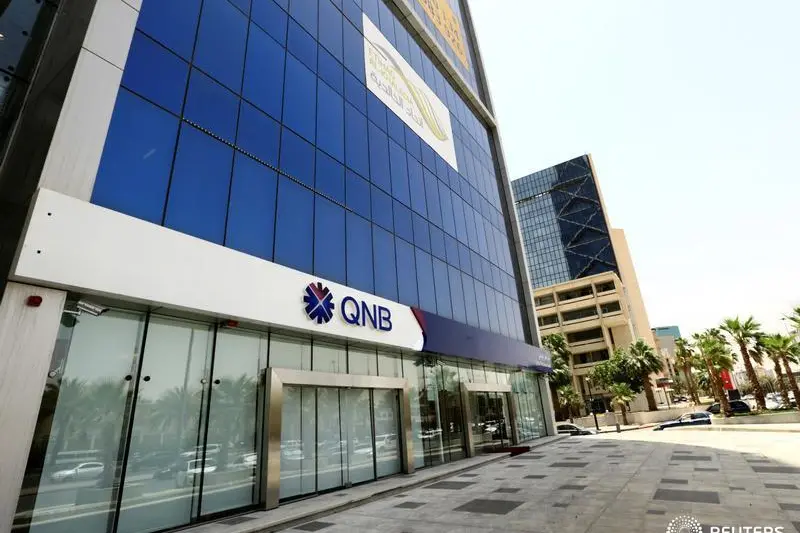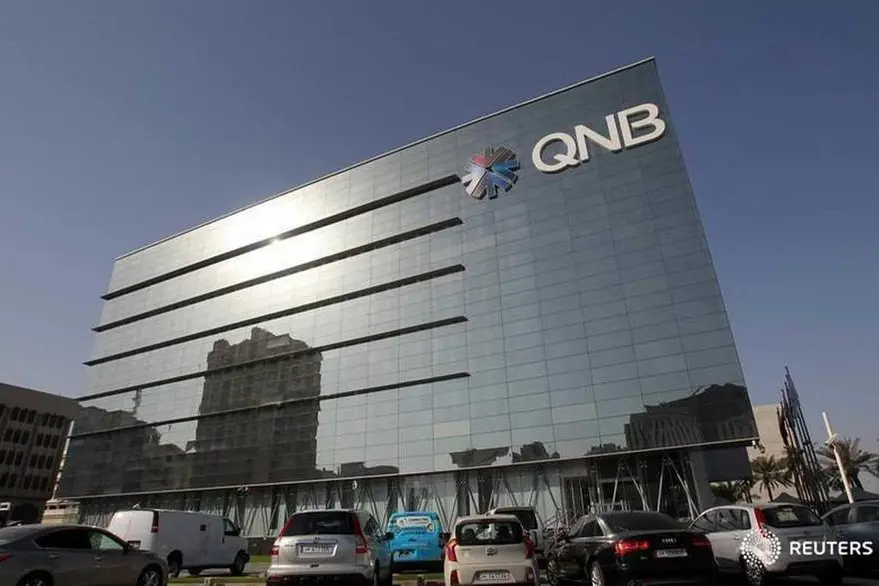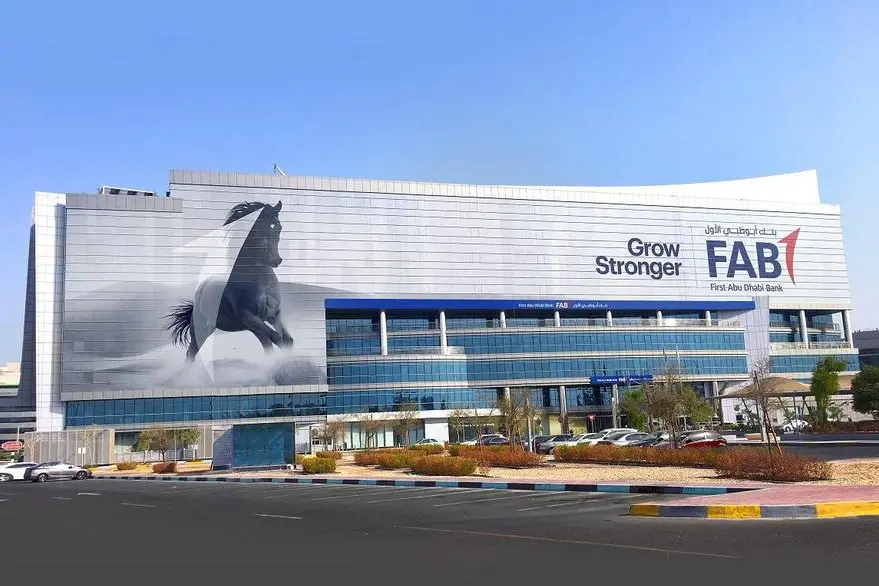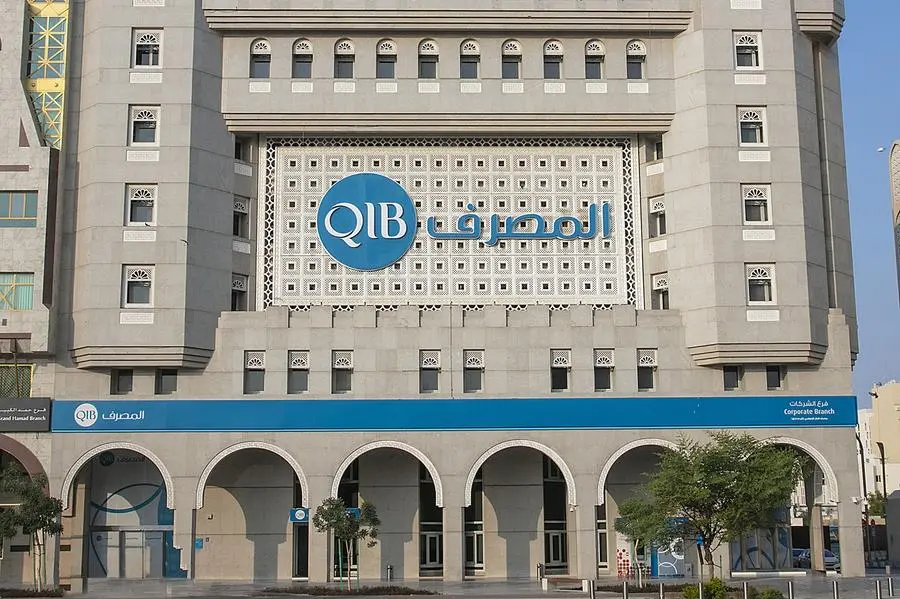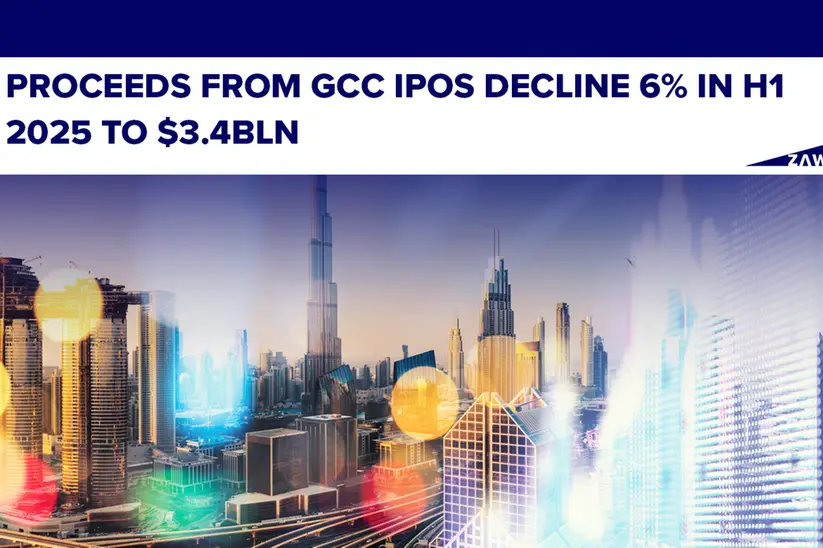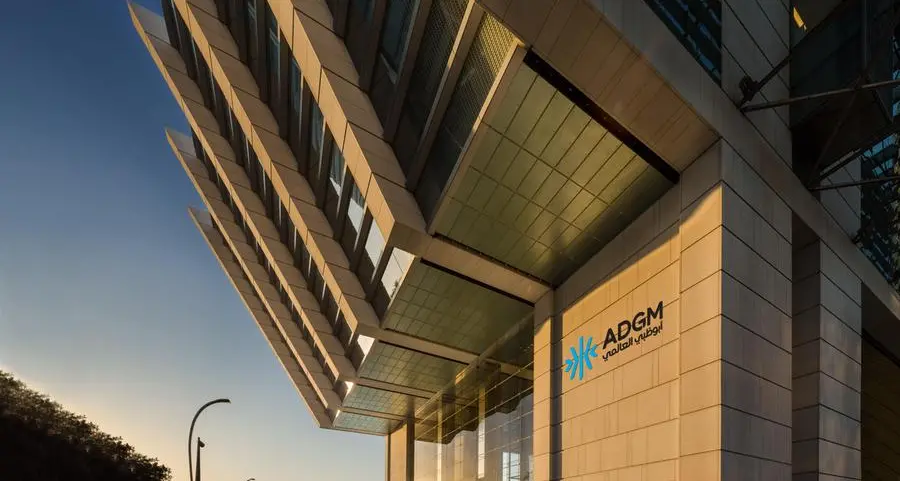PHOTO
An employee stands next to a waste water collection pool at the world's largest water desalination plant at the Saline Water Conversion Corporation Ras Al-Khair Power and Desalination Plant in Ras al Khair, Saudi Arabia, October 8, 2020. Picture taken October 8, 2020. Image used for illustrative purpose
Only 0.5% of water on earth is usable for human consumption and climate change is posing a risk to this scarce supply, even as some 2 billion people around the world still lack access to safe drinking water, says a report
This is a particular challenge for the arid Gulf Arab states, where desalination is the only available option. A September 2022 report by the French Institute of International Relations (Ifri) notes that the Gulf Arab states depend heavily on desalination technology for their water supplies, s MEES Insights report said.
The UAE relies on desalinated water for 42% of its supply, Kuwait 90%, Oman 86% and Saudi Arabia 70%.
Water stress
Last year, there were more than 21,000 desalination plants in operation around the world, nearly double the number a decade ago, Ifri says. With the UN projecting that within two years, two thirds of the world’s population will be affected by water stress, the desalination business is booming with an estimated growth rate in capacity of between 6% and 12% per year, according to the Ifri analysis.
Pressure on freshwater is projected to increase by more than 40% by 2050, it said.
By 2030, desalination capacity in the Middle Eastern countries is expected to almost double, making it that much harder to control CO2 emissions because of the energy intensive nature of desalination plants that currently run on electricity produced primarily from natural gas or liquid fuels.
The release of salt-loaded waste into the sea during the desalination process raises salinity in coastal areas and affects marine life. There is also the problem of transmissions losses, which Ifri estimates is higher than 50% in some Gulf countries.
The Gulf states have woken up to the challenge and are gradually switching to, or at least planning to switch to solar energy to power desalination plants. This might prove difficult in countries like Kuwait, where renewable energy capacity is a paltry 106 megawatts, according to International Renewable Energy Agency statistics.
Renewable energy
The Middle East accounts for just 1% of total global renewable generation capacity so the challenge is how to scale up solar and other clean energy technologies from a very low base.
The economies of the Gulf oil exporters have been boosted by near record oil prices in 2022 after Russia’s invasion of Ukraine in February and economic growth means more demand for electricity from industry and private consumers, largely concentrated in growing urban centres.
Saudi Arabia is working on solutions, having witnessed first-hand the vulnerability of strategic infrastructure projects. In 2019, Houthi rebels in Yemen, which had already targeted Saudi energy facilities, fired a rocket that landed close to the Shuqaiq desalination plant on the west coast some 150 km north of the Yemeni border. There was no damage but the attack highlighted a critical threat to Saudi Arabia and the other GCC states.
The threat from the Houthis has receded, at least if the delicate truce leads to an end to hostilities in Yemen between the Iran-backed rebels and the Saudi-led coalition. A Chinese-mediated rapprochement between Riyadh and Tehran may also reduce tensions in the region.
Climate the biggest threat
Yet the biggest threat to water security is climate not war.
The desert kingdom is critically dependent on desalination plants to meet its growing population’s need for potable water. The fine balance between available capacity and demand means that damage to a sizeable plant such as at Shuqaiq would have had a very damaging impact.
The balance in production of desalinated water in Saudi Arabia is split broadly 50:50 between the east and west coasts. The east coast edged ahead in 2017, but only fractionally. The bulk of the east coast capacity is focused around areas such as Khobar, Jubail and Ras al-Khair in the oil producing heartlands, with additional plants stretching as far north as Khafji, where one reverse-osmosis desalination plant is powered by Photovoltaic panels.
The oil exporting nations in the Middle East have been blessed with an abundance of oil and gas but not water, which has prompted experiments in different solutions.
Libya's project
Libya’s project in 1984 to pump water from desert aquifers through gigantic underground pipes to the coast was the world’s most ambitious and expensive engineering project, so ambitious that Gaddafi had billed it as the Eighth Wonder of the World. He even issued stamps to commemorate his grand venture. The project hit a snag in 1986 when US sanctions on Libya forced engineering and management consultants Brown & Root, a subsidiary of Halliburton, and other US contractors to pull out. The project, estimated at the time to cost a total of $25 billion, was taken over by Korea’s Dong Ah.
For Libya, it was a choice of desalination or a headline-grabbing project like pumping water from desert to coast, costly to build but quite affordable to operate once completed.
The fuss over the Great Man Made River project has long been forgotten and other giant and seemingly fantastical projects have stolen the limelight.
Neom, the mega city under construction in Saudi Arabia that will run solely on renewable energy, is one example. Neom is being touted by its developers not only as a city of the future but also as an incubator for water solutions.
Copyright 2022 Al Hilal Publishing and Marketing Group Provided by SyndiGate Media Inc. (Syndigate.info).
